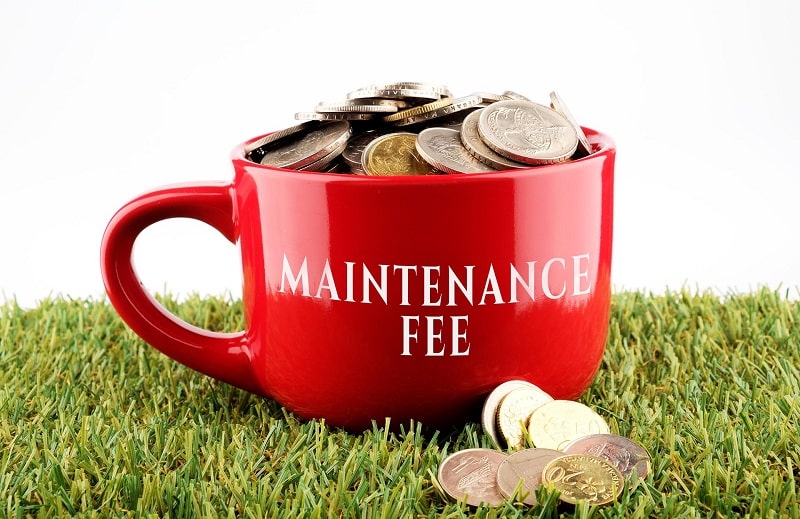
Patents are a crucial part of the intellectual property landscape.
They provide a legal framework for protecting inventions, ensuring that innovators are rewarded for their hard work and creativity. But how does the patent life cycle work? If you’re a business owner or inventor looking to protect your inventions, read on to learn more about the process.
Determine what you need

Before you can file your patent, you need to be sure the invention is patentable. There are many types of intellectual property protections creators use, a patent being just one. Other protections are copyrights and trademarks.
Take some time to educate yourself on the various intellectual property protections available. Then, once you’re confident you need to secure a patent, you can begin the filing process.
Filing a patent
The first step in the patent life cycle is filing a patent application with the United States Patent and Trademark Office, or USPTO. The application must contain detailed information about the invention, including drawings, descriptions, claims, and other pertinent information.
The USPTO will then review your application and determine if it meets all of the requirements for granting a patent. Once your application clears the patent filing hurdles, it will be published in an official USPTO publication so that others can see what you’ve invented.
Patent examination
Once your application has been published, it will undergo a thorough examination process by a USPTO examiner. This examination involves researching prior inventions to ensure that yours isn’t too similar to something already patented or publicly disclosed.
The examiner may also request additional information from you during this process. If your patent is complex or technological, you may want to seek legal advice before filing to ensure you’ll have everything on hand for the examiner.
Patent approval and issuance
Once the USPTO examiner approves your application and you’ve met all other requirements, you’ll receive a Notice of Allowance. This notice will outline any fees you’ll need to pay before the USPTO issues your patent.
After you receive your patent, you’ll have exclusive rights over the invention. Design patents are valid for fourteen years after the filing date, while utility patents are valid for up to twenty years past the filing date.
Patent maintenance

Receiving your patent isn’t the end of the patent life cycle. The last step is properly maintaining your patent. All patents require maintenance fees every four, eight, and twelve years to remain active.
To ensure your business is prepared for the future, you’ll need to pay your patent maintenance fees on time. Failure to do so could result in your patent expiring prematurely. When that happens, you’ll need to apply to have it reinstated.
Wrapping up
Acquiring a patent is no easy feat, but understanding how the patent life cycle works can help simplify the process. Several steps are involved in protecting your inventions, from filing an initial application to receiving an official grant from the USPTO.
Ultimately, though, if done right, getting a patent can be one of the most rewarding experiences as an inventor or business owner.










